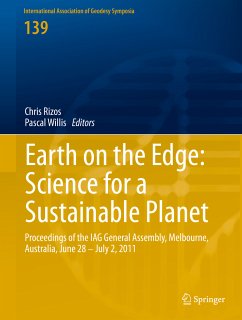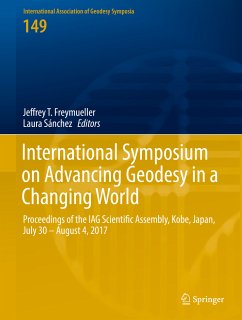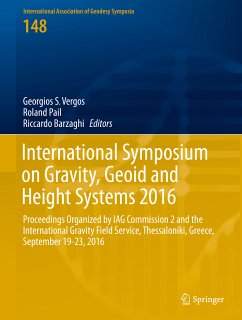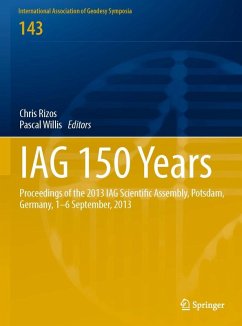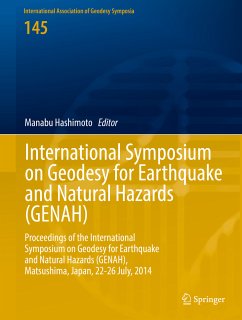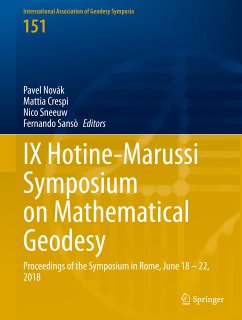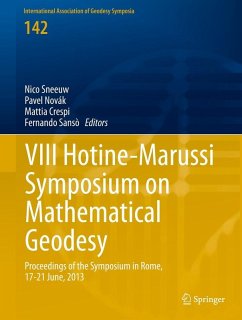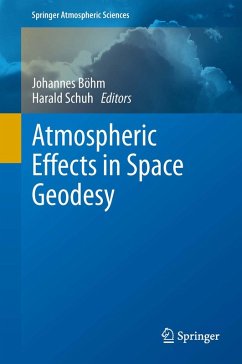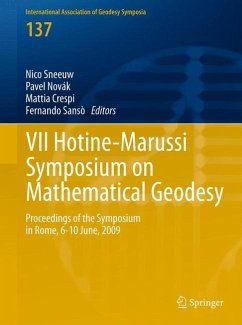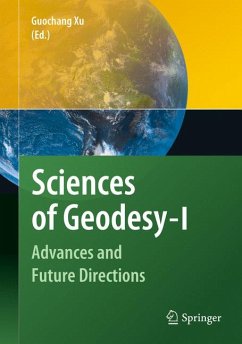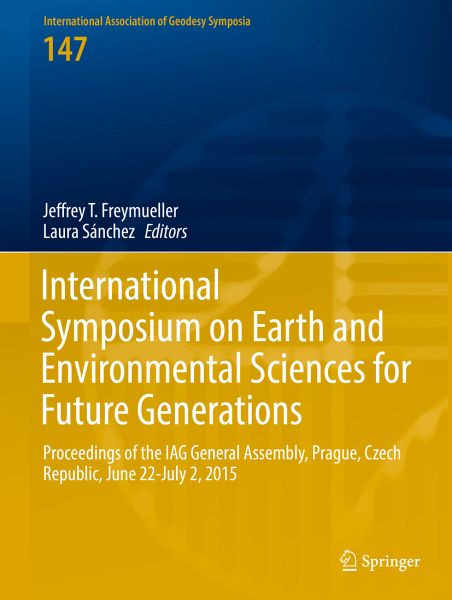
International Symposium on Earth and Environmental Sciences for Future Generations (eBook, PDF)
Proceedings of the IAG General Assembly, Prague, Czech Republic, June 22- July 2, 2015
Redaktion: Freymueller, Jeffrey T.; Sánchez, Laura
Versandkostenfrei!
Sofort per Download lieferbar
160,95 €
inkl. MwSt.
Weitere Ausgaben:

PAYBACK Punkte
80 °P sammeln!
This book is composed of peer-reviewed proceedings of symposia organized by the International Association of Geodesy
Papers span the full breadth of modern geodesy
Recent advances in geodesy including applications to natural hazards
Perspectives on the history of geodesy
Papers span the full breadth of modern geodesy
Recent advances in geodesy including applications to natural hazards
Perspectives on the history of geodesy
Dieser Download kann aus rechtlichen Gründen nur mit Rechnungsadresse in A, B, BG, CY, CZ, D, DK, EW, E, FIN, F, GR, HR, H, IRL, I, LT, L, LR, M, NL, PL, P, R, S, SLO, SK ausgeliefert werden.



